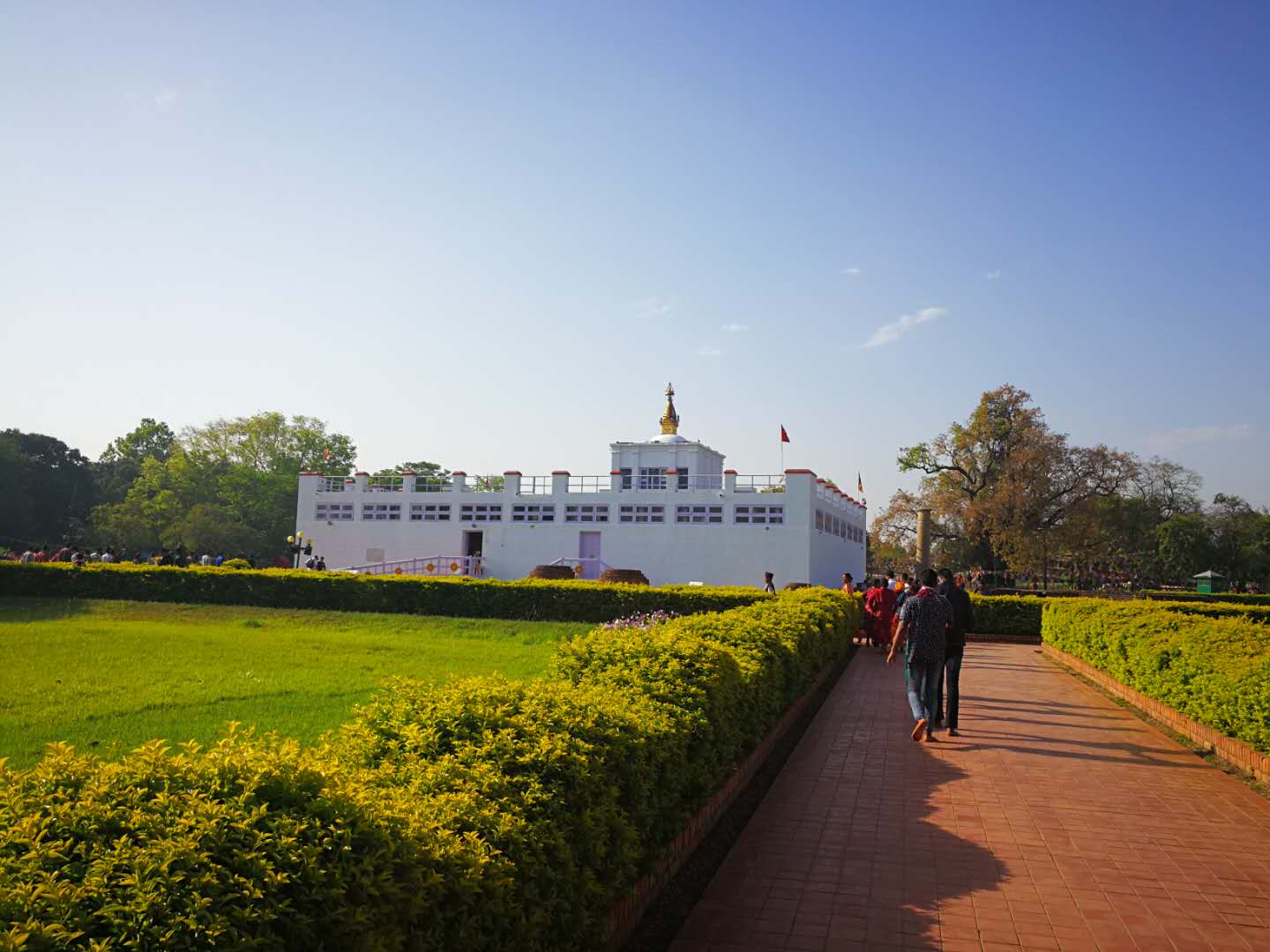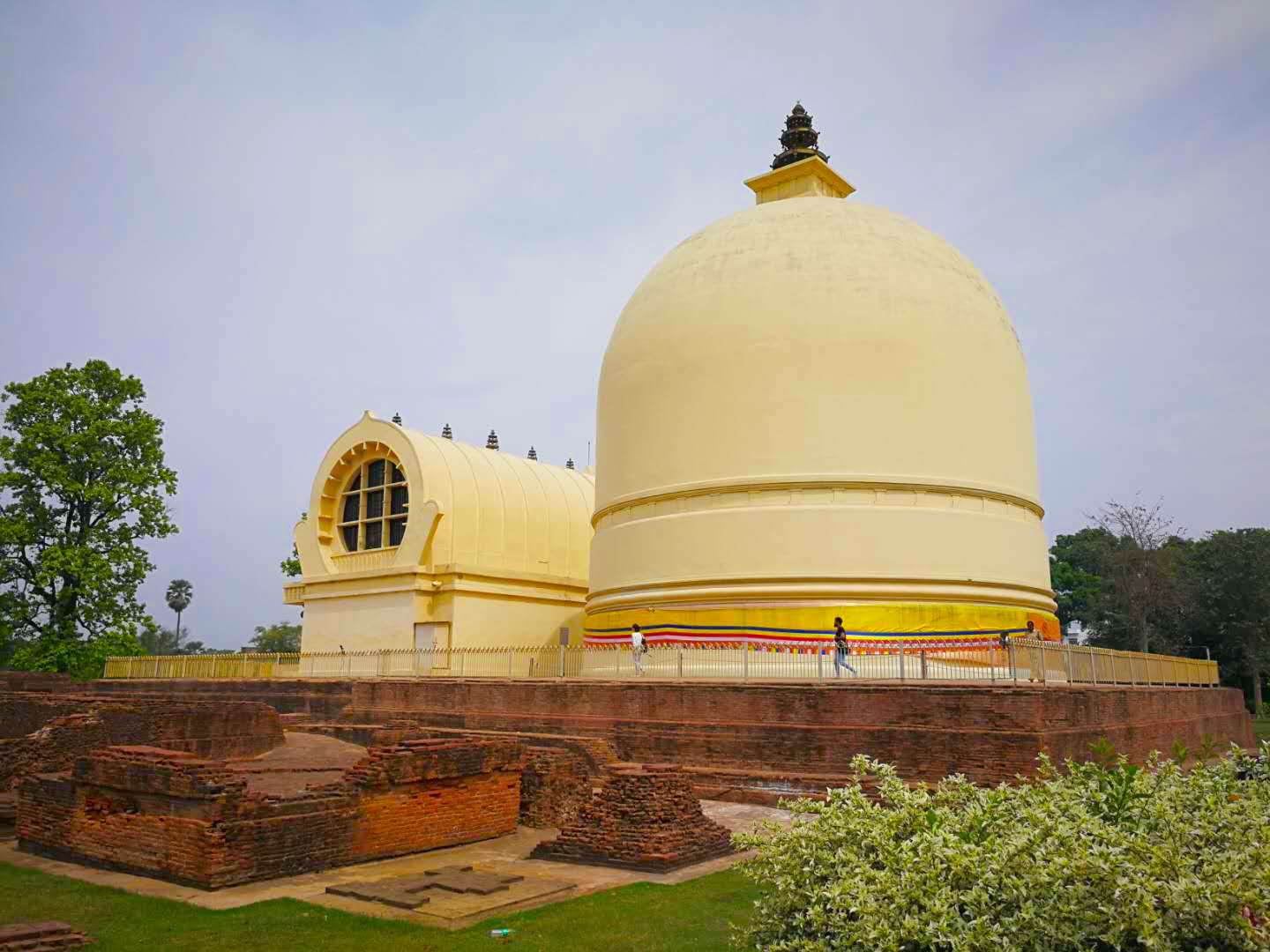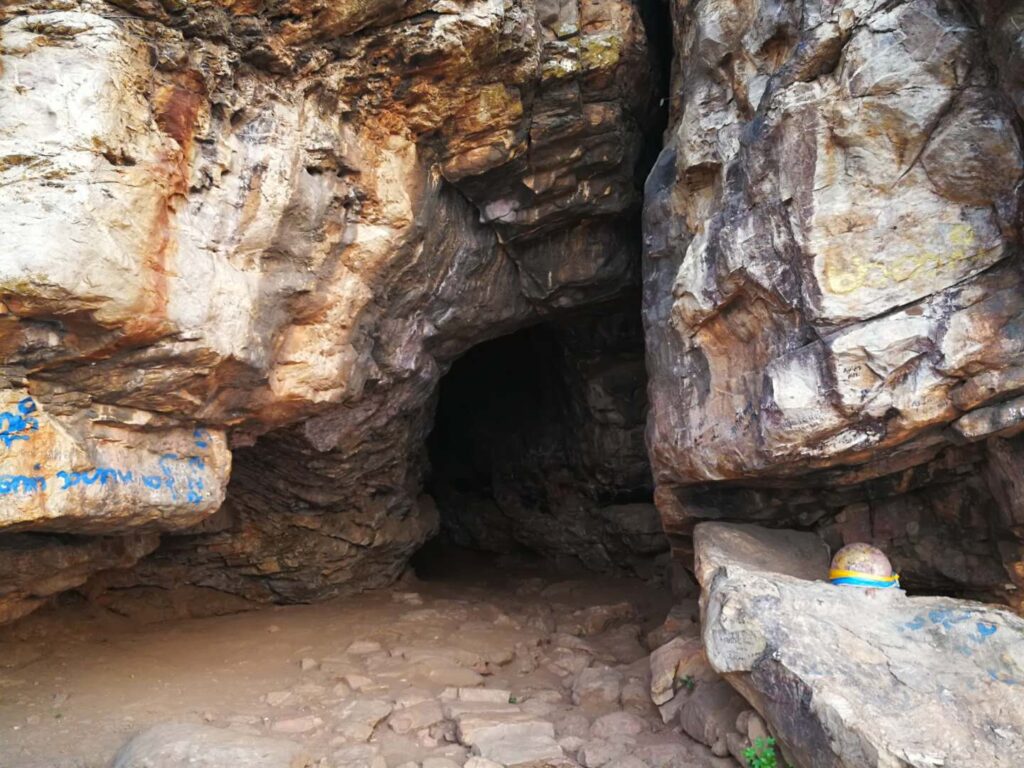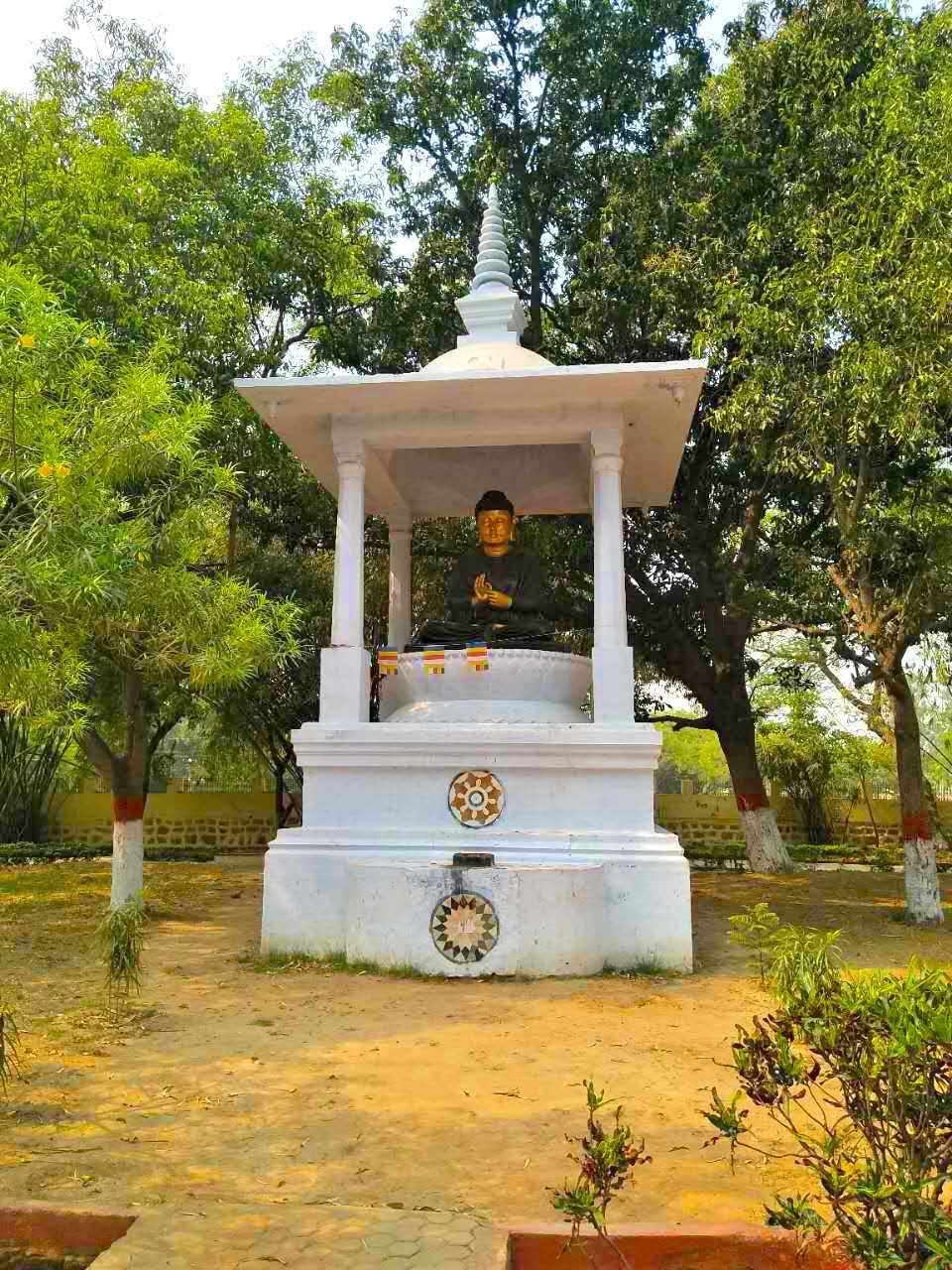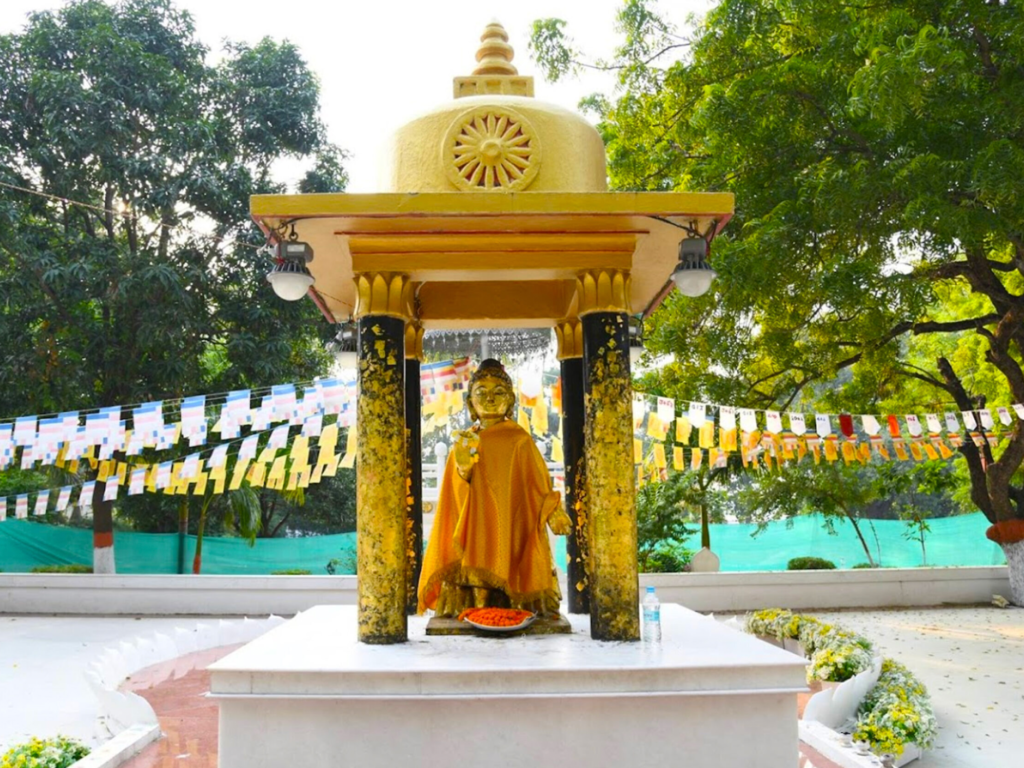Jetavana
Jetavana was one of the most famous of the Buddhist monasteries or viharas in India (present-day Uttar Pradesh). It was the second vihara donated to Gautama Buddha after the Venuvana in Rajgir.
Jetavana was the place where the Buddha gave the majority of his teachings and discourses, having stayed at Jetavana nineteen out of 45 vassas, more than in any other monastery.It is said that after the Migāramātupāsāda, a second vihara erected at Pubbarama close to Savatthi was built by the Buddha’s chief female lay disciple, Visakha, the Buddha would dwell alternately between Jetavana and Migāramātupāsāda, often spending the day in one and the night in the other.
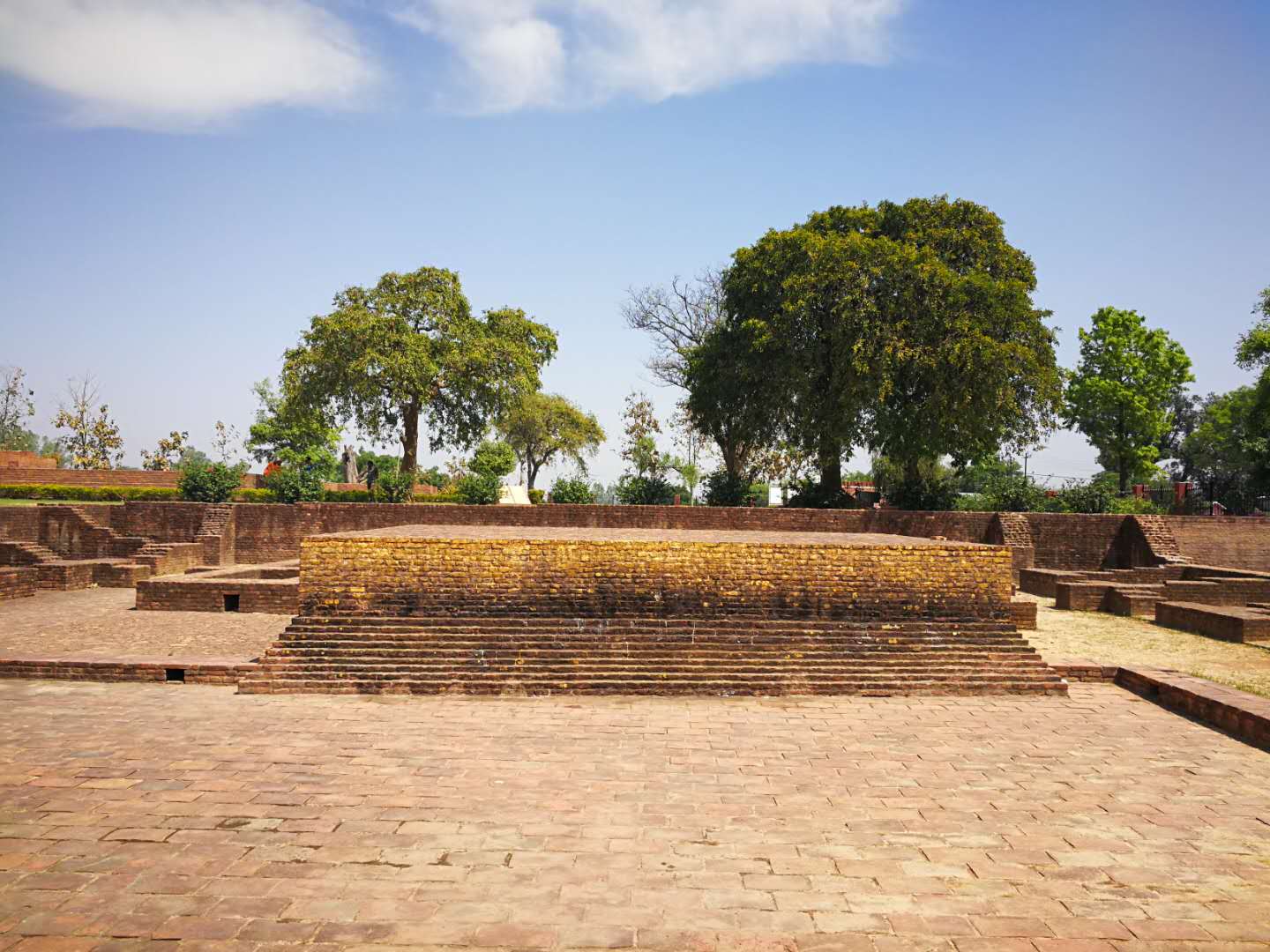
Donation of Jetavana. Anathapindika covers Jetavana with coins (Bharhut). Following Anathapindika’s first encounter with the Buddha, he requested to offer him a meal, which the Buddha accepted, and then asked to build a temple for him and his monks in his hometown of Savatthi, to which the Buddha agreed.
Shortly after, Anathapindika went back to Savatthi to search for a place to build the monastery. Looking for a place that was both accessible to followers and peacefully secluded, he came across a park belonging to Prince Jeta, the son of King Pasenadi of Kosala. Anathapindika offered to buy the park from the prince but the prince refused, after Anathapindika persisted, the prince joking said he will sell him the park if he covers it with gold coins, to which Anathapindika agreed.
Read More

